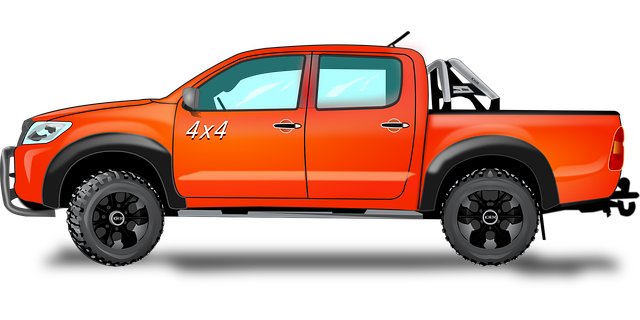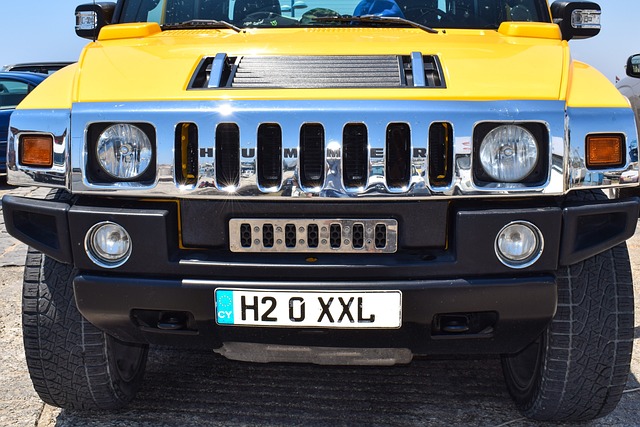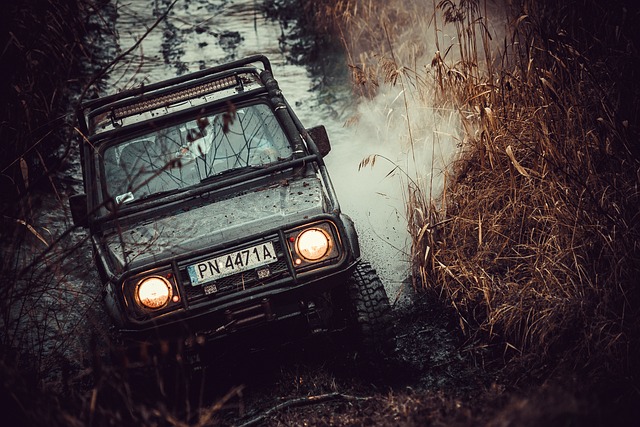Shackles, critical for cargo security in trucking, are essential components utilized by the renowned Brownsville Fleet. This fleet, known for its robust logistics operations, relies on well-maintained shackles to secure goods transported in their trucks. The Brownsville Fleet has established itself as a pioneer through the integration of groundbreaking Truck Bed Rails, which securely fasten cargo, ensuring safe transport for diverse goods. These specialized rails, incorporating shackles like chain and wire rope types, prevent cargo shift and are vital for maintaining safety during transit, especially with heavy loads. Regular maintenance, including inspections, cleaning, tensioning, and replacement of worn-out shackles, is crucial to avoid metal failure and compromise safety.
“Unleashing the Power of Safety: Exploring Shackles in Brownsville Fleet Operations. In the world of trucking, understanding essential hardware like shackles is paramount. This article delves into the fundamental aspects of shackles, offering a comprehensive guide for Brownsville fleet managers and drivers alike. From comprehending their basic structure to uncovering the vital link between truck bed rails and fleet efficiency, we explore various types and safety considerations. By shedding light on maintenance tips, this resource aims to enhance your knowledge, ensuring a secure and seamless journey.”
- Understanding Shackles: A Basic Overview
- Brownsville Fleet and Truck Bed Rails: The Connection
- Types of Shackles Used in Trucking
- Safety Considerations and Maintenance Tips for Shackles
Understanding Shackles: A Basic Overview

Shackles, a fundamental component in various industrial and transportation applications, serve as secure connections for binding objects together. In the context of trucking, they are often integral parts of truck bed rails, crucial for securing cargo during transit. For instance, the Brownsville fleet, known for its robust logistics operations, relies on well-maintained shackles to ensure the safety of goods transported in their trucks.
These metal fasteners come in diverse types and sizes, each designed for specific purposes. Typically, they involve a loop or eye that wraps around an object and is secured with a bolt or pin. Truck bed rails, equipped with shackle points, enable efficient loading and unloading processes by allowing for quick and secure attachment of cargo ties or straps. This basic overview highlights the importance of shackles in maintaining order and safety on highways and within logistical networks, including those managed by large fleets like Brownsville.
Brownsville Fleet and Truck Bed Rails: The Connection

The Brownsville Fleet, a renowned name in the world of trucking and logistics, has been at the forefront of revolutionizing cargo transport. One of their key innovations is the integration of robust Truck Bed Rails, which have become an indispensable feature in their fleet. These rails serve as a secure and efficient system for fastening down various types of cargo, ensuring that items remain safely in place during transit.
By utilizing Brownsville Fleet’s specialized truck bed rails, they offer a practical solution for transporting oversized or unconventional loads. This innovation connects seamlessly with the overall efficiency and reliability associated with the Brownsville Fleet brand, solidifying their position as industry leaders in both technology and transportation.
Types of Shackles Used in Trucking

In the trucking industry, shackles play a critical role in securing cargo and ensuring safe transportation. There are several types of shackles commonly used in this sector, each serving distinct purposes. One essential component for many trucks is the Brownville fleet truck bed rails. These robust metal rails are designed to securely fasten load binders, chains, and other securing equipment, preventing cargo from shifting during transit.
One common type is the chain shackle, which connects two links of a chain together. They come in various sizes and strengths, offering a flexible yet secure means of attachment. Additionally, there are wire rope shackles, ideal for high-stress applications due to their superior strength and corrosion resistance. For specialized operations, quick-release shackles provide rapid deployment and easy removal, especially useful in situations requiring frequent loading and unloading.
Safety Considerations and Maintenance Tips for Shackles

When it comes to ensuring safety on vehicles, especially for commercial fleets like the Brownsville truck bed rails, proper shackle maintenance is paramount. Shackles are critical components that support and secure cargo, so regular inspection and upkeep are essential. One of the primary safety considerations is checking for any signs of wear, corrosion, or damage. Rust buildup can weaken the metal, increasing the risk of failure during transit. Regular cleaning and application of rust inhibitors are recommended to maintain their integrity.
Additionally, proper tensioning of shackles is vital. Fleets should establish a routine maintenance checklist that includes verifying secure latches and adjustable components. Over-tightening can lead to deformation or breakage, while under-tensioning may result in cargo displacement. Using the right tools and following manufacturer guidelines ensures optimal performance. Regular replacement of worn-out shackles is also critical to prevent unexpected failures that could compromise safety during operation, particularly for heavy loads secured on truck bed rails.
Shackles play a vital role in keeping truck beds secure, especially for the Brownsville fleet and their specialized cargo. Understanding different types, safety protocols, and regular maintenance is essential to prevent accidents and ensure efficient trucking operations. By equipping trucks with the right shackles and adhering to safety guidelines, businesses like the Brownsville fleet can revolutionize their transportation systems, fostering a safer and more reliable network.
